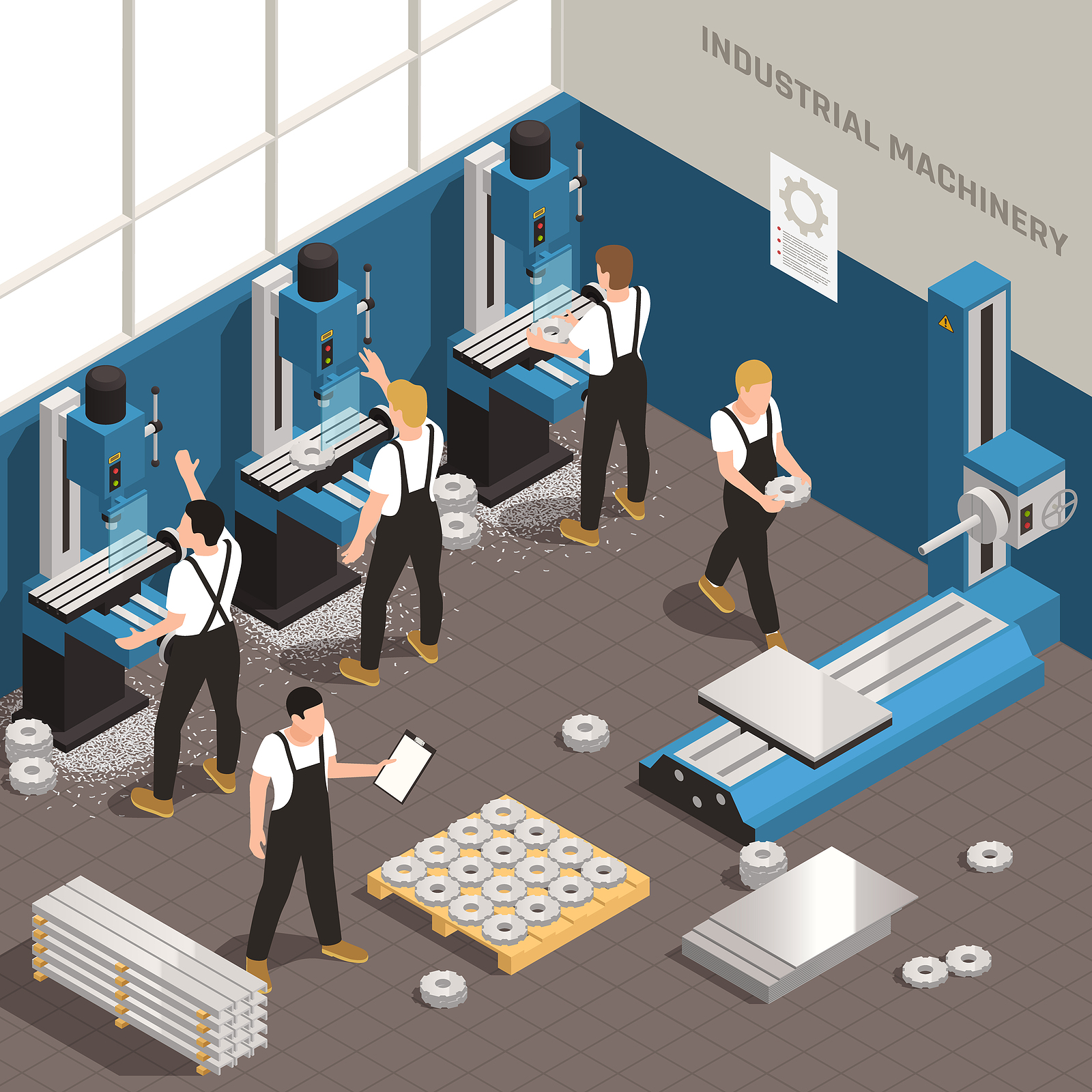FAQs for PMG
PMG provides labor solutions to American manufacturers. That’s what we do in a nutshell and we take the “solution” part of that equation seriously. As a result, all of us here end up asking a lot of questions to make sure we find the right way to solve the real problem. During that process, people ask us a fair amount of questions too. This blog is our effort to provide answers.
How do you bring contractors into union workforce environments?
That’s a great question! The short answer is that most, if not all, Collective Bargaining Agreements (CBA) between individual labor unions and employer companies generally have some kind of provisionary language regarding non-union labor in the unionized facility. This language can apply to temporary workers, third-party contractors, etc. and normally sets limits based on total employees, percentage of total workforce, or maximum project length. Thus, the legal and contractual hurdles are well-defined and straight-forward to successfully clear from an operational standpoint.
What do the best employers do to make certain they’re ensuring a successful project for everyone? Put simply, it all comes down to communication. PMG’s Project Management Team has some advice on the right (and wrong) ways to do that best.
Communication with Clients and Union Employees
Remember, we’re not just here to manage PMG’s techs; we’re here to help you ensure a successful project too! Communicating potential issues as (or even before) they happen can help us be able to prevent them to begin with.
– Laura Y., Senior Manager Strategic Project Development
Notify your union(s) upfront about why we are there and what we will be doing. Having those conversations beforehand eliminates most, if not all, confusion and/or animosity that could occur before we ever actually arrive.
– Jason H., Senior Manager of Ops & SPD
Make sure you’re familiar with your existing CBA. Knowing what terms we need to operate within, from the beginning, makes it much more likely to achieve a successful project in the end.
– Steve A., Client Solutions Manager
Communication with Contract Employees
A lot of eyes will be on you to start, just like with any new employee. Remember to put your best foot forward. Show up with a good understanding of facility location and job expectations. Take notes frequently, especially during training or when given a lot of new information at once!
– Laura Y.
Technicians need to understand that union environments operate differently than non-union environments. Sometimes, union employees may not be allowed to perform certain job functions outside of assigned duties due to work rules or contract language. Contractors who try to understand how these details play into the function of their personal jobs are at an advantage because they’re less likely to inadvertently break any of those rules and more likely to be appreciated by their union coworkers.
– Jason H.
Don’t forget to communicate with your Project Manager! PMG’s PMs are there to support our technicians. If you run into any initial barriers or concerns, we have the experience to help navigate you through such situations with insight, advice, and direction as needed. The techs that remember this normally have very successful experiences onsite.
– Laura Y.
Additional Resources
If you’d like to learn more about ways PMG can help your company, whether unionized or not, address your mission-critical manufacturing needs, read our previous article on Crisis Management & PMG.
Do you have questions? Send them to our Writing Team and keep an eye out for future FAQ’s. We can’t wait to share our next answer with you!
Josh Erickson, ReTool Public Relations & Engagement Specialist








